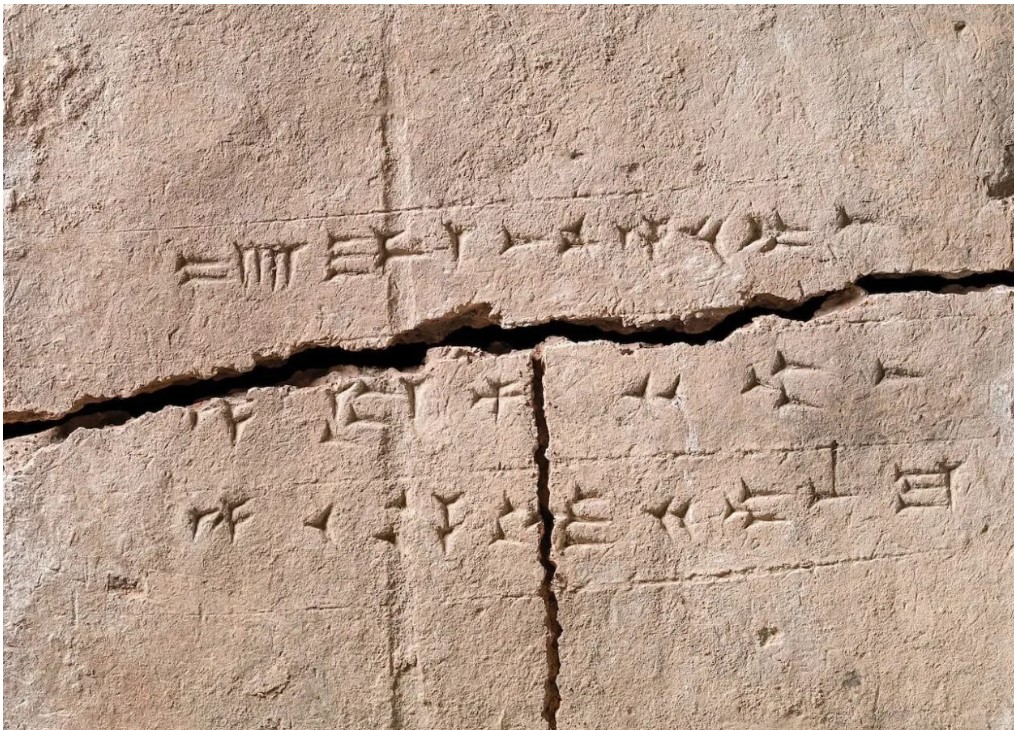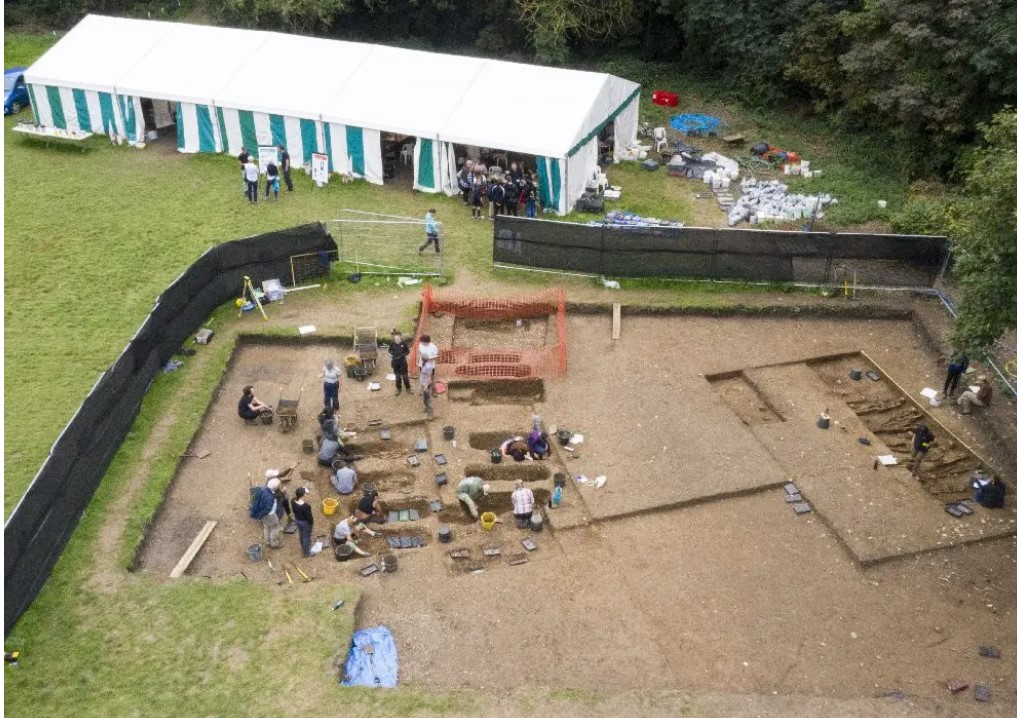University of Oxford Scientists Extract Ancient DNA from 2,900-Year-Old Clay Brick
A groundbreaking discovery has emerged from the University of Oxford, where researchers have successfully extracted ancient DNA from a clay brick that dates back an astonishing 2,900 years. This artifact hails from the historical city of Kalhu, also known as Nimrud, situated in Iraq’s Nineveh Governorate—a city steeped in the legacy of the Assyrian civilization.
Kalhu, renowned as the capital of the Neo-Assyrian Empire during Ashurnasirpal II’s rule (883–859 BC), encompassed an expansive 890-acre expanse. This period marked a revival after the Bronze Age Collapse, as Ashurnasirpal II constructed an imposing palace and an array of temples.
An inscription from that time vividly describes the grandeur of Ashurnasirpal II’s palace, detailing the meticulous use of materials like cedar, cypress, juniper, and more. Within this context, a clay brick was meticulously crafted for palace construction nearly three millennia ago. In a remarkable feat, the University of Oxford researchers employed innovative ancient DNA (aDNA) analysis techniques to extract and sequence genetic material from this ancient brick.
The outcomes of this analysis unveiled a striking array of 34 distinct plant groups, with cabbage (Brassicaceae) and heather (Ericaceae) emerging as the most prominent families. Birch (Betulaceae), laurels (Lauraceae), umbellifiers (Selineae), and cultivated grasses (Triticeae) were also among the identified plant groups. This interdisciplinary venture—combining expertise in Assyriology, archaeology, biology, and genetics—enabled researchers to juxtapose their findings with contemporary Iraqi botanical data and historical Assyrian depictions of flora.
The brick’s composition, likely sourced from the nearby Tigris river, was mixed with components like straw, chaff, or animal dung. Once molded, the brick bore cuneiform inscriptions and was left to naturally air-dry, a process that contributed to the preservation of its genetic content ensnared within the clay.
Dr. Troels Arbøll from the University of Oxford noted, “The inscription on the brick enables us to pinpoint the clay’s origin to a specific time and place, turning the brick into a biodiverse time capsule. It offers researchers unparalleled access to the world of ancient Assyrians.”
This pioneering study not only underscores the technological prowess of the University of Oxford’s research team but also emphasizes the extraordinary insights that ancient DNA can provide into the lives and environments of civilizations long past.




